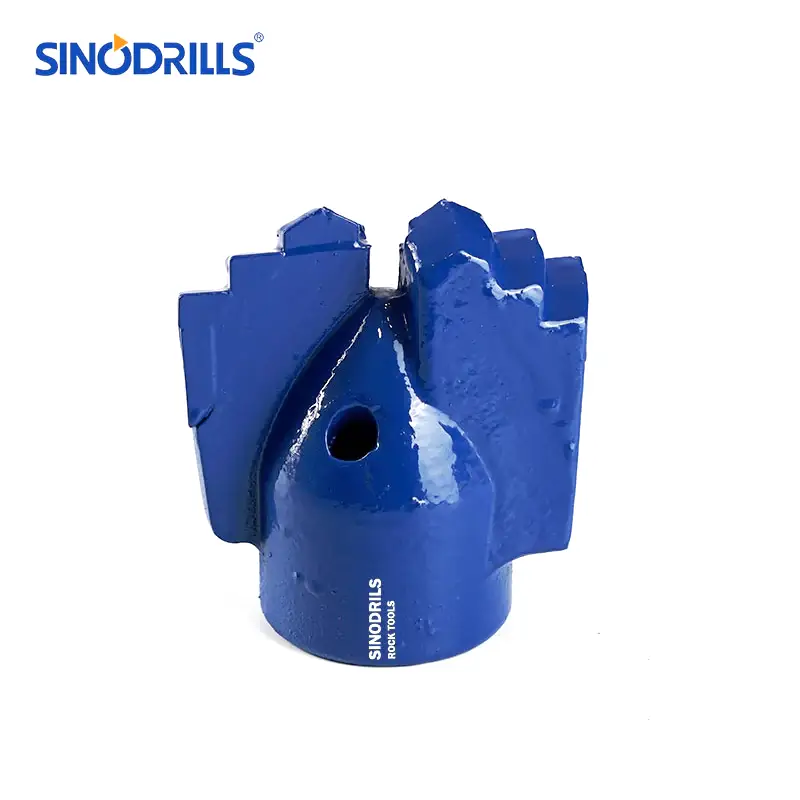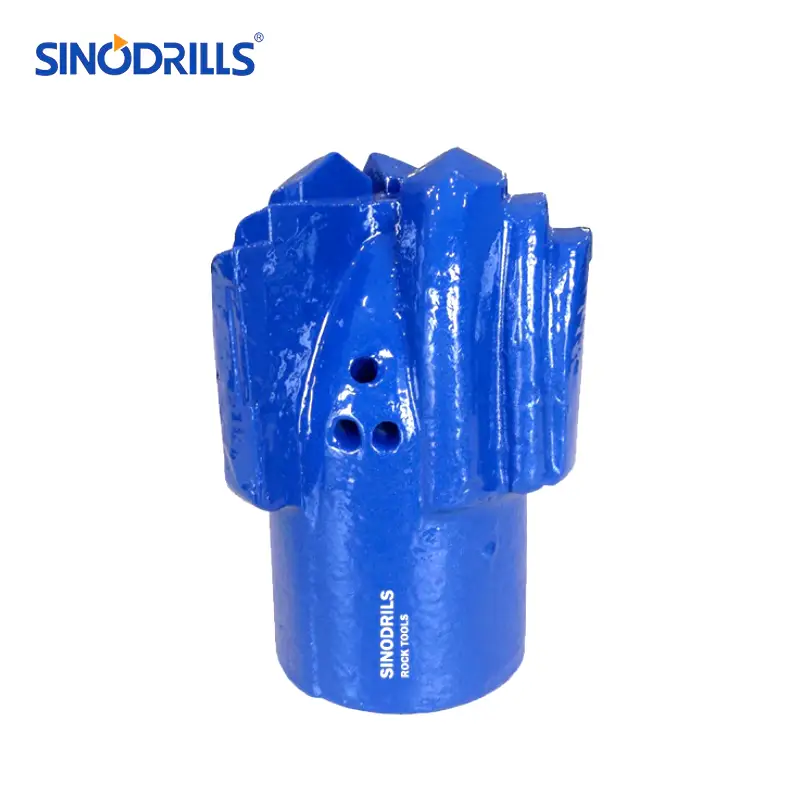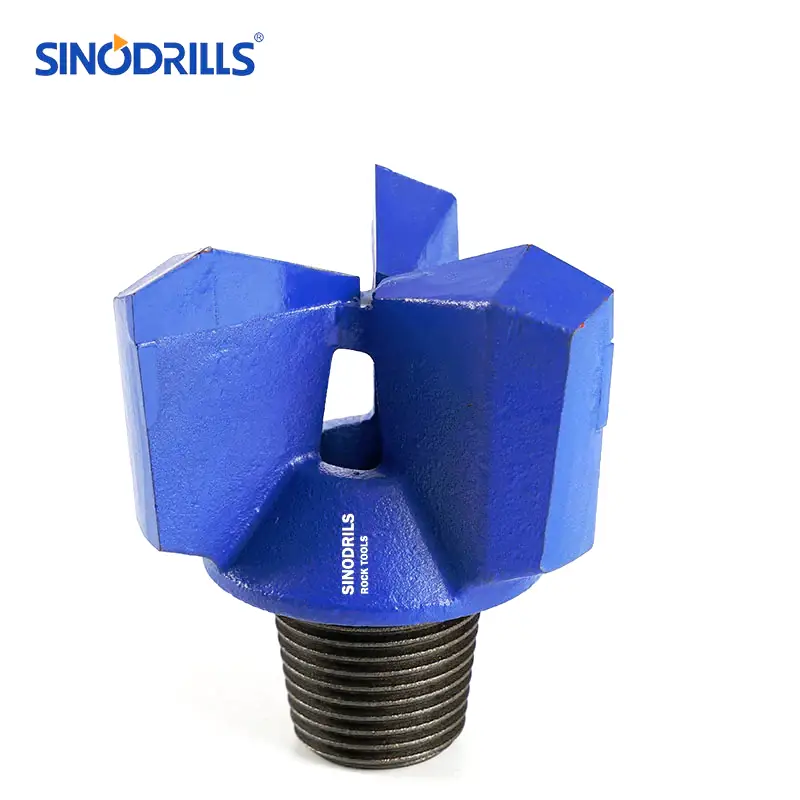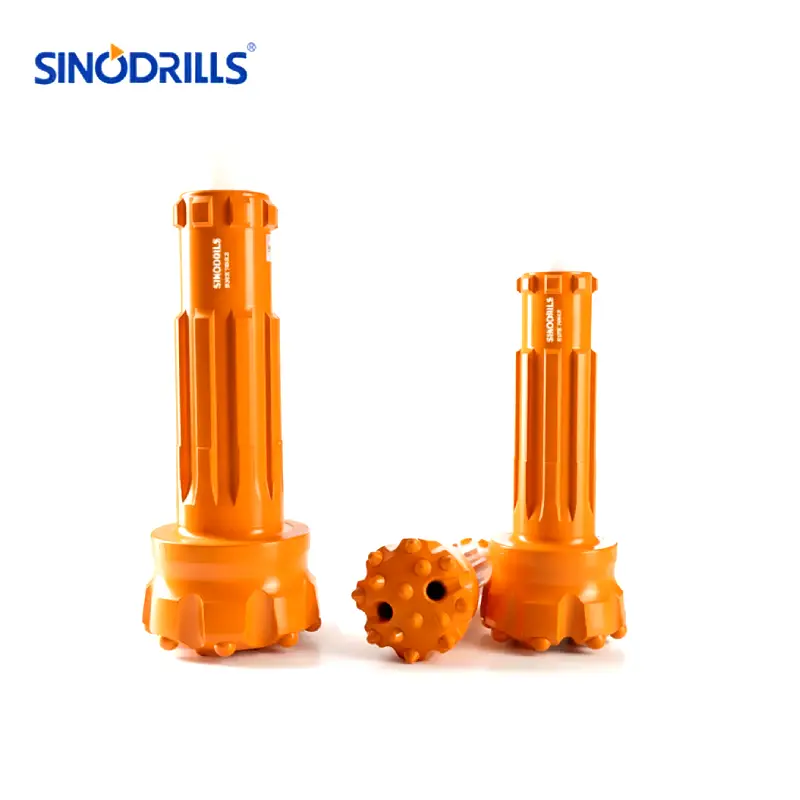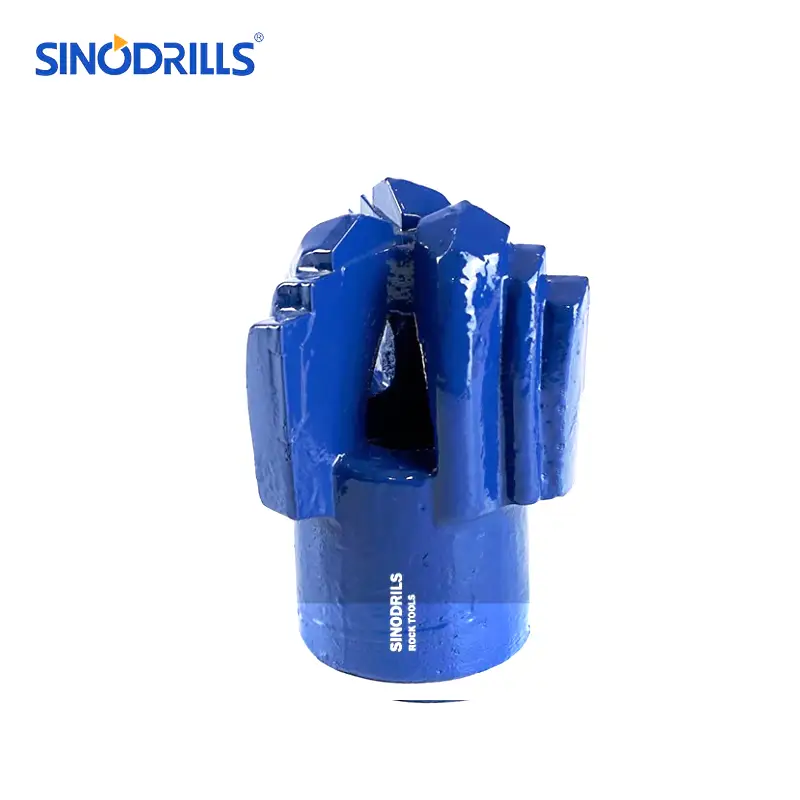Borehole drilling is a fundamental process in various industries, from construction to environmental science. It involves creating narrow, vertical shafts in the earth’s surface for a multitude of purposes.
This blog post will delve into the essence of borehole drilling, explaining its core principles, the diverse methods employed, and its crucial role in understanding and utilizing our subsurface environment.
What is Borehole Drilling?
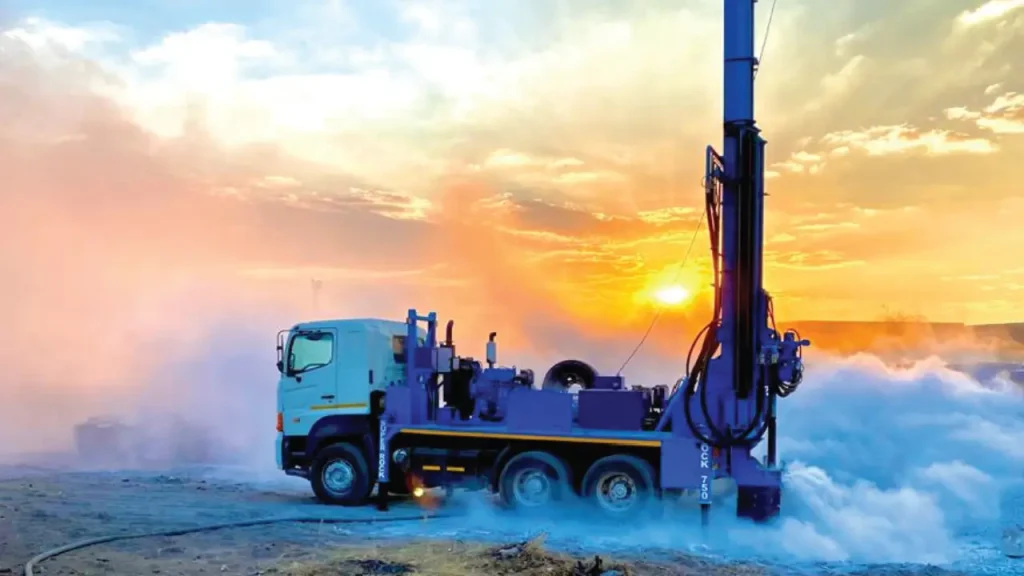
Borehole drilling is the process of creating a narrow, cylindrical hole in the earth’s surface using specialized drilling equipment. These holes, known as boreholes, are excavated for a wide range of purposes, including extracting water, oil, and gas, conducting geological and geotechnical investigations, installing wells for environmental monitoring, and preparing sites for construction foundations or geothermal systems.
The drilling method chosen depends heavily on the ground conditions and the specific objectives of the drilling project.
Borehole Drilling Methodology
Borehole drilling methodology encompasses various techniques, each suited for different geological formations and project objectives. The choice of method is crucial for successful and efficient drilling, impacting factors like penetration rate, sample quality, and borehole stability. Key methodologies include:
- Rotary Drilling: This is the most common method, using a rotating drill bit to cut through the ground. Cuttings are removed by circulating a fluid (mud or air).
- Air Rotary Drilling: Utilizes compressed air to cool the bit and flush cuttings, ideal for hard, dry, and stable rock formations.
- Mud Rotary Drilling: Employs drilling mud (fluid) to cool and lubricate the bit, stabilize the borehole, and transport cuttings, suitable for various soil types and deep wells.
- Down-the-Hole (DTH) Drilling: A percussive method where a hammer directly behind the bit strikes the rock, highly effective in hard rock formations.
- Cable Tool (Percussion) Drilling: An older method involving repeatedly lifting and dropping a heavy bit to crush rock, often used for smaller-scale projects or specific challenging conditions.
- Auger Drilling: Uses a helical screw (auger) to bore into soft, unconsolidated formations, bringing cuttings directly to the surface.
- Reverse Circulation (RC) Drilling: A specialized rotary method where cuttings are returned to the surface through a dual-walled drill pipe, minimizing contamination and providing high-quality samples.
- Sonic Drilling: A newer technique that uses high-frequency vibrations to liquefy the soil around the drill string, allowing for continuous, undisturbed core samples.
How Does Borehole Drilling Work?
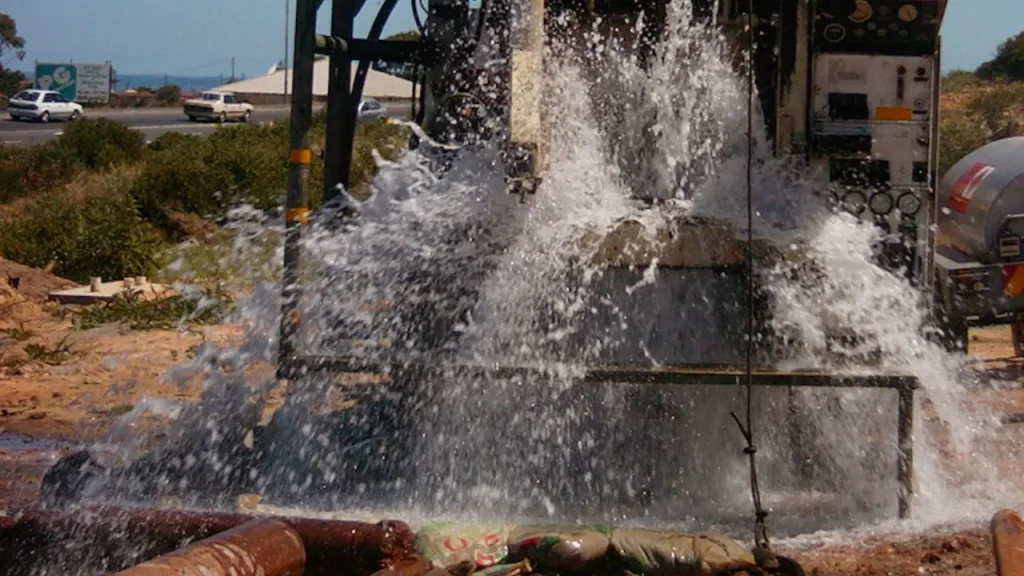
Borehole drilling is a multi-step process that involves carefully excavating a cylindrical hole into the earth. It typically begins with a thorough site assessment and geological survey to identify the optimal drilling location, understand the subsurface conditions, and determine the presence of target resources like water or minerals. Once the site is prepared and the appropriate drilling method and rig are selected, the drilling process commences.
The drilling rig, equipped with a specialized drill bit, applies rotational force and downward pressure to cut through the earth’s layers. As the bit penetrates deeper, cuttings (broken rock and soil fragments) are continuously removed from the borehole.
This is typically achieved by circulating a drilling fluid (like compressed air or a water-based mud) down the drill pipe and back up the annulus of the borehole, carrying the cuttings to the surface. This fluid also serves to cool and lubricate the drill bit and stabilize the borehole walls. Once the desired depth is reached, casing (pipes) is often installed to prevent the borehole from collapsing and to seal out unwanted water or contaminants.
Finally, for water wells, the borehole is “developed” to maximize water flow, and a pump and associated infrastructure are installed to extract the resource.
Borehole Drill Bits
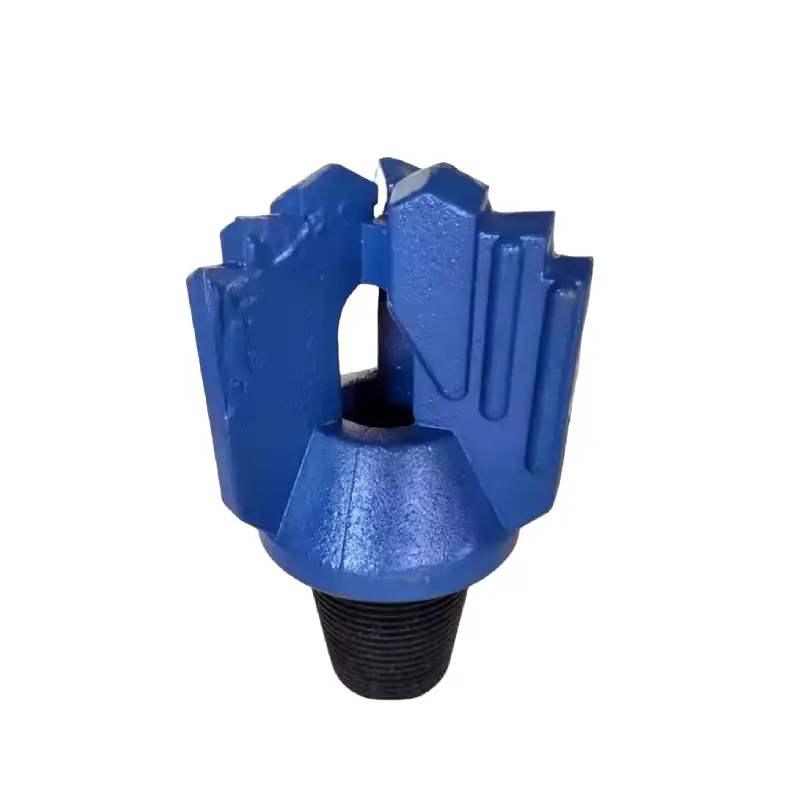
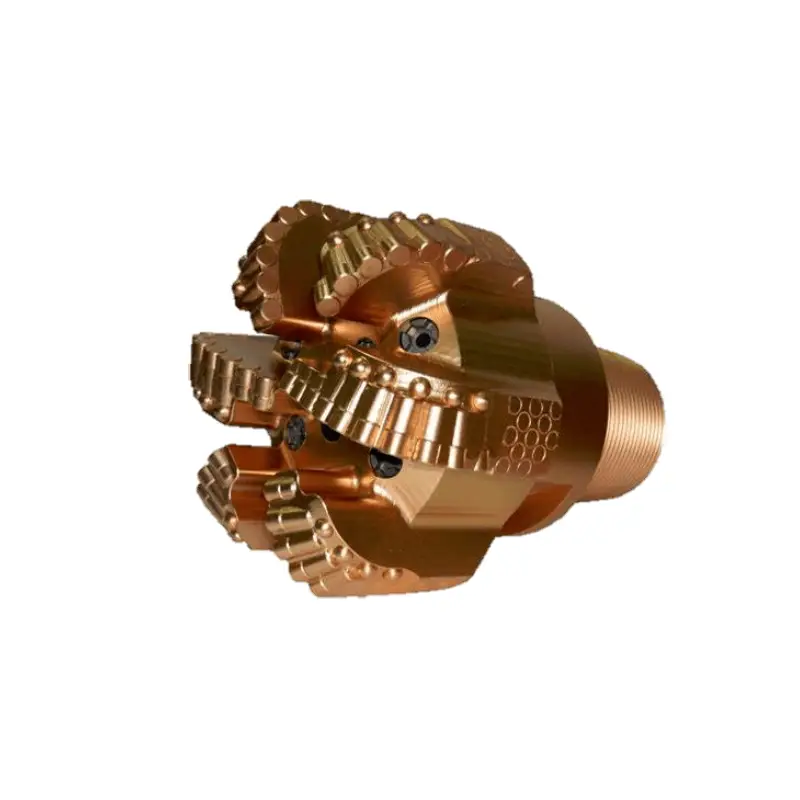
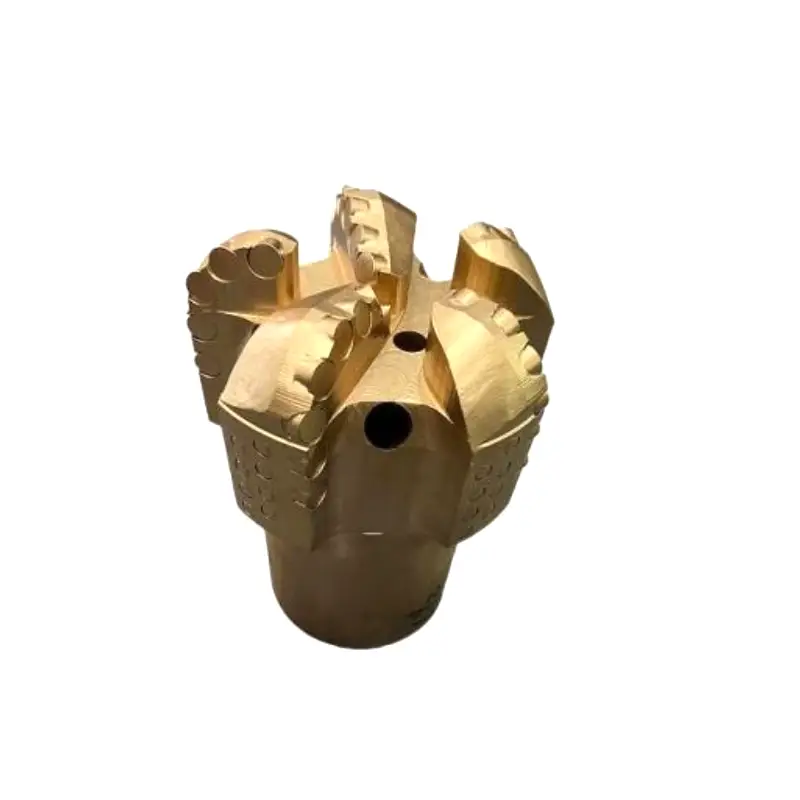
Sinodrills offers a diverse range of borehole drill bits designed for various geological conditions and drilling applications. We prioritize durability and efficiency, ensuring our bits optimize your operations for maximum productivity. Located in Qingdao, Shandong, China, we are your reliable partner for high-quality drilling solutions.
- PDC Borehole Drill Bits: Ideal for fast drilling in soft to medium-hard formations, featuring premium synthetic diamond cutters for exceptional penetration and extended life.
- Tricone Borehole Drill Bits: Versatile for a wide range of rock hardness, offering superior crushing and shearing action with both milled steel teeth and tungsten carbide inserts.
- DTH Borehole Drill Bits: Engineered for high-impact percussive drilling in hard, abrasive rock, providing powerful, consistent performance and straighter holes.
- Top Hammer Borehole Drill Bits: High-quality threaded button bits for demanding top hammer operations, ensuring efficient energy transfer and robust performance in diverse rock conditions.
How Long Does It Take to Drill a Borehole?
The time it takes to drill a borehole can vary significantly, ranging from a single day to several weeks, depending on a multitude of factors. While some shallower boreholes (around 80-100 meters) in favorable ground conditions might be completed within a day, deeper and more complex projects will naturally require more time.
Key factors influencing the duration include:
- Borehole Depth: Deeper boreholes inherently take longer to drill as they require more drilling passes, longer drill pipe sections, and potentially more time for casing and completion.
- Geological Conditions: The type and hardness of the soil and rock encountered are paramount. Drilling through soft, unconsolidated soil is much faster than penetrating hard rock formations, which can slow down the process considerably and require different drilling techniques and bits.
- Drilling Method and Equipment: The chosen drilling methodology (e.g., air rotary, mud rotary, DTH hammer) and the power and efficiency of the drilling rig significantly impact speed. Modern, powerful rigs generally drill faster.
- Accessibility and Site Preparation: The ease with which the drilling rig and supporting equipment can access and be set up at the site can affect the overall timeline.
- Weather Conditions: Adverse weather, such as heavy rain or extreme cold, can cause delays due to difficult ground conditions or safety concerns.
- Ancillary Services: Beyond the actual drilling, time is also needed for tasks like pumping tests to determine water yield, casing installation, and any required water quality testing and pump installation.
How Much Does Borehole Drilling Cost?
The cost of drilling a borehole can vary significantly, ranging from a few thousand to tens of thousands of dollars, depending on a multitude of factors. There isn’t a fixed price, as each project is unique.
The primary factors influencing the cost include:
- Depth of the Borehole: Deeper boreholes require more time, labor, and materials (like drill pipe and casing), making them more expensive.
- Geological Conditions: Drilling through hard rock, boulders, or challenging ground formations (like unstable or clay-heavy soil) is more difficult and costly than drilling through soft, sandy soil. Special drill bits and techniques may be required.
- Borehole Diameter: Larger diameter boreholes generally cost more due to increased material removal and the need for larger equipment.
- Drilling Method and Equipment: The type of drilling rig and method used (e.g., air rotary, mud rotary, DTH hammer) will impact the price, with more advanced methods sometimes costing more but offering greater efficiency.
- Casing Type and Quantity: The material (e.g., PVC, steel) and length of the casing needed to support the borehole walls and prevent contamination add to the overall expense.
- Site Accessibility: Remote or difficult-to-access sites can increase mobilization and demobilization costs for the drilling equipment.
- Additional Services: Costs for hydrogeological surveys, water quality testing, pump installation, filtration systems, and permits will add to the total project price.
For example, residential water wells in the US might range from $3,750 to $15,300 for a complete system, while in South Africa, a standard 90-meter borehole might cost between R50,000 and R75,000 (approximately $2,700 – $4,000 USD).
It is always recommended to obtain a detailed quote from a professional drilling contractor based on a specific site assessment.
How to Drill a Borehole?
Drilling a borehole involves a systematic process to access subsurface resources or conduct investigations. It requires careful planning and execution, adapting to geological conditions. Understanding each step is crucial for a successful project, ensuring efficiency and safety throughout the operation.
Step 1: Site Assessment and Preparation
Before any drilling begins, a thorough site assessment is crucial. This involves geological surveys to identify potential water-bearing aquifers or target formations. Experts evaluate soil and rock types, groundwater levels, and potential hazards, ensuring the chosen location is viable and safe for operations.
Once the site is deemed suitable, preparation work commences. This includes clearing vegetation and obstacles, leveling the ground for the drilling rig, and ensuring proper access for equipment. Adequate space for machinery and waste disposal is also factored in during this initial, critical planning stage.
Step 2: Drilling the Borehole
The actual drilling process begins with the drill rig creating the bore. Depending on the ground, a pilot hole might be drilled first, then widened. The rotating drill bit cuts through the earth, while drilling fluid, like air or mud, is circulated to cool the bit and lift cuttings to the surface.
This continuous circulation of fluid is essential for maintaining borehole stability and preventing blockages. The drillers monitor drilling parameters closely, adjusting pressure and rotation speed according to the encountered geological layers. This ensures efficient penetration and a clean, stable borehole for subsequent steps.
Step 3: Casing and Installation
After reaching the desired depth, casing pipes are carefully installed into the borehole. These pipes, typically made of PVC or steel, prevent the borehole walls from collapsing and protect the water supply from contamination. The casing ensures structural integrity and isolates different geological layers.
Following casing, a well screen is placed at the aquifer depth to allow water entry while keeping out sediment. A gravel pack is often introduced around the screen to filter water further. Finally, a sanitary seal is installed near the surface to prevent surface water infiltration into the well.
Step 4: Well Development and Completion
Well development is performed to remove fine sediments and drilling fluids from the aquifer and borehole. Techniques like airlifting or surging are used to enhance water flow and maximize yield. This critical step ensures the well produces clean, sediment-free water at its optimal capacity.
The final stage involves conducting pump tests to determine the sustainable yield of the borehole. Based on these results, a suitable pump is selected and installed. The site is then restored, and the borehole is ready for its intended use, providing a reliable water source.
What Drilling Bits Are Needed for Borehole Drilling
Recommended Drill Bits for Borehole
Choosing the correct drill bits for borehole drilling is paramount, as the type of bit directly impacts drilling efficiency, cost, and the quality of the resulting borehole. The selection heavily depends on the geological formations encountered, with different bit designs excelling in various rock and soil types.
- Drag Bits: Ideal for softer formations like clay, sand, silt, and soft shales. They work by scraping and shearing the material.
- Roller Cone (Tricone) Bits: Versatile bits with three rotating cones that crush and grind rock. They come with milled steel teeth for softer formations or tungsten carbide inserts (TCI) for medium to hard rock.
- PDC (Polycrystalline Diamond Compact) Bits: Feature synthetic diamond cutters and are highly efficient in soft to medium-hard, abrasive formations. They offer high penetration rates and durability.
- DTH (Down-the-Hole) Hammer Bits: Used in conjunction with DTH hammers, these bits deliver percussive force directly to the rock, making them highly effective for hard rock and deep drilling.
Beyond the primary cutting mechanism, other specialized bits are used for specific purposes. For instance, reamer bits are designed to enlarge existing boreholes or ensure hole straightness. Core bits are used to extract intact cylindrical samples of the subsurface for geological analysis.
The abrasive nature of the ground material also plays a role, as highly abrasive formations require bits with harder, more wear-resistant materials like diamonds or specialized carbide inserts to maintain longevity and performance.
Ultimately, a successful borehole drilling project relies on a careful assessment of the ground conditions and a knowledgeable selection of the appropriate drill bit.
Conclusion
In conclusion, borehole drilling is a versatile and indispensable process, critical for everything from accessing water resources to conducting vital geological surveys. Understanding its mechanics and diverse applications highlights its importance.
The effectiveness of any drilling operation hinges on selecting the right tools and techniques for the specific subsurface conditions. Precision and expertise are paramount for successful and safe project completion.
For reliable and high-quality drilling components, consider acquiring wholesale borehole drill bits from Sinodrills, ensuring your projects are equipped for optimal performance.

